If you want to drive continued sales for your company, you need to master the art of lead generation and make sure that your website is actively helping your lead building efforts.
The problem, of course, is that the internet is a crowded place. How are you supposed to make your website stand out from your competitors in a way that will fuel new leads and sales?
The good news is that as we begin a new decade, marketers have more res available than ever before to help them maximize their lead generation efforts.
Here are the six questions you have to answer to make sure your website (and other digital content) is optimized to better reach prospective buyers.
Let’s start with the basics.
#1- Is your Website Risking the ‘Leaky Bucket’ Effect?
Your homepage may be a well-oiled machine that has been fully optimized for SEO and lead generation efforts. But are the rest of the pages on your site also pulling their weight?
Far too many business websites experience a “leaky bucket” effect, where underperforming subpages cause you to lose leads after visitors dive deeper into your site.
Alternatively, subpar SEO could keep even the best-looking site from being discovered by its target audience.
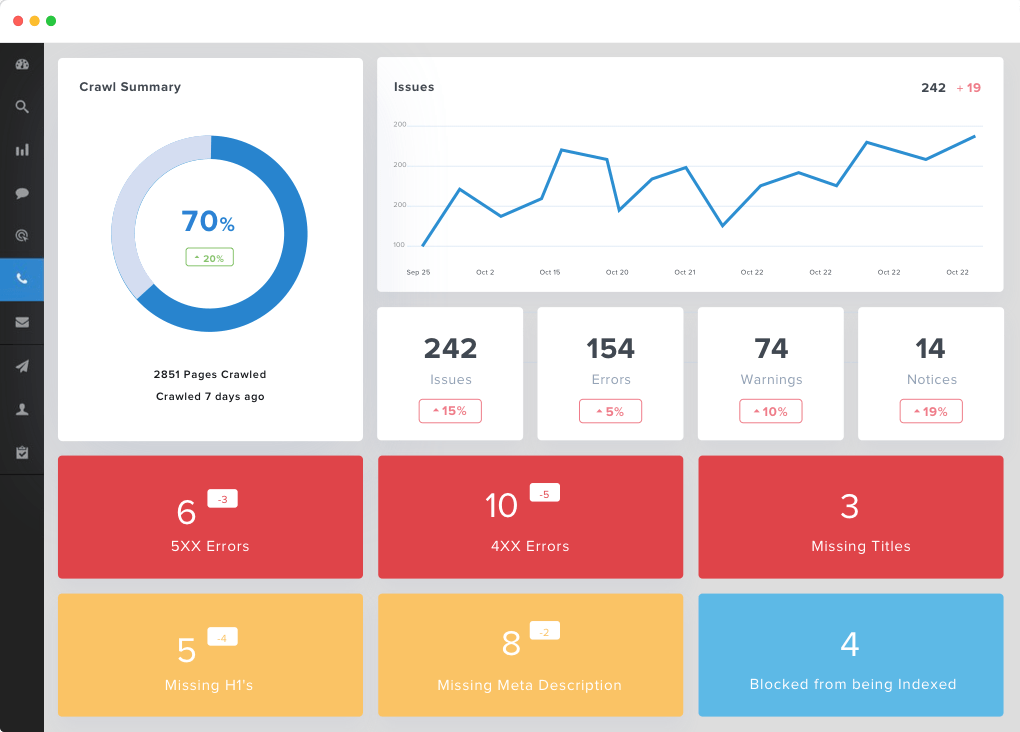
Source: Agency Analytics
To counteract this, your first step is to perform a site-wide audit.
Writing for Search Engine Journal, Roger Montti explains that SEO audits should focus on whether the keywords used on a site have 3 key features:
Usefulness for direct conversions, precursor value leading to a sale [and] awareness building value. […]
Link and content strategy should be considered within the context of how it contributes to increasing sales and leads.”
Roger Montti, Owner at Martinibuster.com
If the keywords that you’ve focused on with your site content don’t build awareness of your primary products or services, they likely aren’t delivering leads.
Such audits are also a good time to review your site architecture. Even simple issues like having too many links on the home page could be limiting your reach.
A site-wide audit will help you identify what needs to be corrected.
#2: Is Live Chat Enabled On Your Business’s Site Yet?
We live in an instant gratification society; which may be why Google Ads and PPC are such powerful lead generation engines these days. This also means that when customers have questions, they don’t want to wait around to get answers.
A study from Zendesk found that 69 percent of customers cited a fast resolution to their problem as a reason for rating a customer service experience as good. For initial sales inquiries, a fast response is even more important — with 89 percent saying it helps them decide who to buy from.
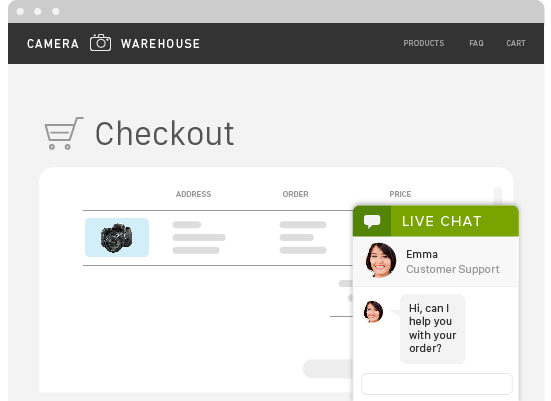
Source: Zendesk
To provide the greatest immediacy, live chat is your best bet.
In fact, a study from eConsultancy found that 79 percent of people who chose live chat did so because they felt they would get an immediate answer to their questions.
Customer satisfaction with live chat also far outpaced phone, email, and social media interactions.
A quick response could ultimately make all the difference in whether a prospective customer buys from you or not. Enable live chat so they can get the answers they need when they need them.
You could even integrate a chatbot to answer common questions so your support staff only has to address more complex concerns.
#3 Do You Show Your Prospects That You Know Your Stuff?
Many prospective customers — especially in the B2B space — want to see quantitative proof that your company can deliver on its promises. This makes your ability to share quality data (both on your site and in one-on-one sales messaging) a vital part of lead generation and sales.
Unsurprisingly, case studies are one of the best ways to “own” your data and promises.
This is especially true when you can share the work you’ve done on behalf of other clients. It acts as a powerful validation of your work.
As just one example, marketing guru Neil Patel increased his website’s sales by185 percent simply by using case studies.
Website building platform Duda provides a great case study of how to use case studies.
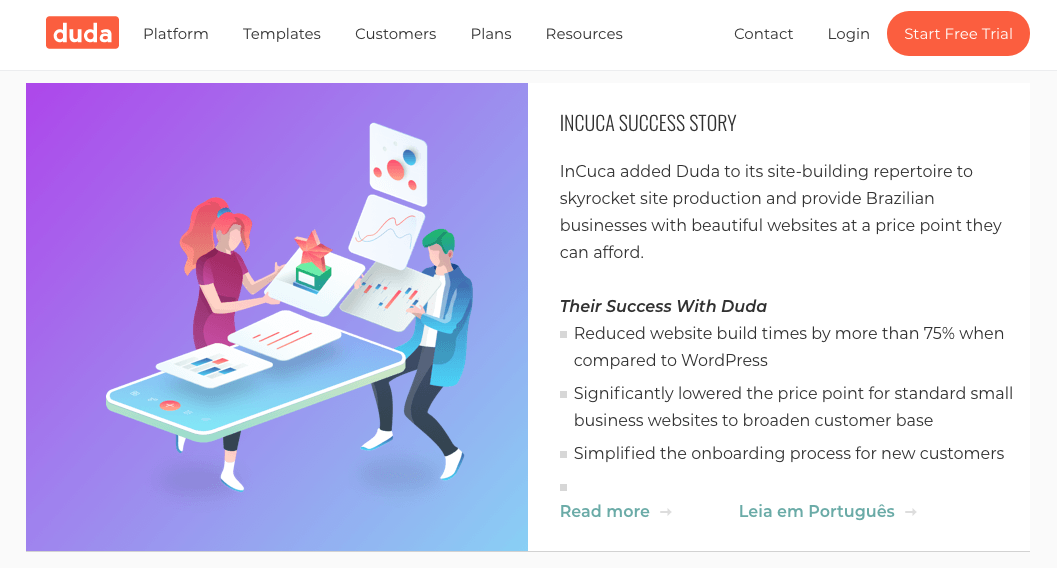
Source: Duda
The company’s website features several in-depth case studies highlighting how efforts with different clients achieved everything from increasing customer bases by 82 percent to decreasing website build times by 75 percent.
By highlighting the work you’ve already done, you create a persuasive argument that is far more likely to get prospective leads interested in your brand.
Our Case Studies Are Brand New
Have You discovered our brand new Case Studies Page yet? We published it recently, so maybe you missed it, but you should give it a look (and I am not biased)!
Take a deep dive into the results and strategies used by a range of real businesses using AdEspresso, and discover what actually works to grow businesses online.
#4 Do You Create Content that Speaks to Your Ideal Buyer?
While blogs, case studies, and social media can certainly drive traffic from your target audience, top marketers know that this is only the tip of the iceberg.
With webinars, marketers get many of the same advantages of a face-to-face meeting in a more cost-effective and far-reaching digital tool.
As with other tools, webinars are most effective when targeting a specific buyer.
In a case study from ClickMeeting, virtual reality brand Yondr has achieved success by fine-tuning its message for different audiences. Some webinars focused on business development and sales teams. Others highlighted employer branding and subsequently focus on HR professionals.
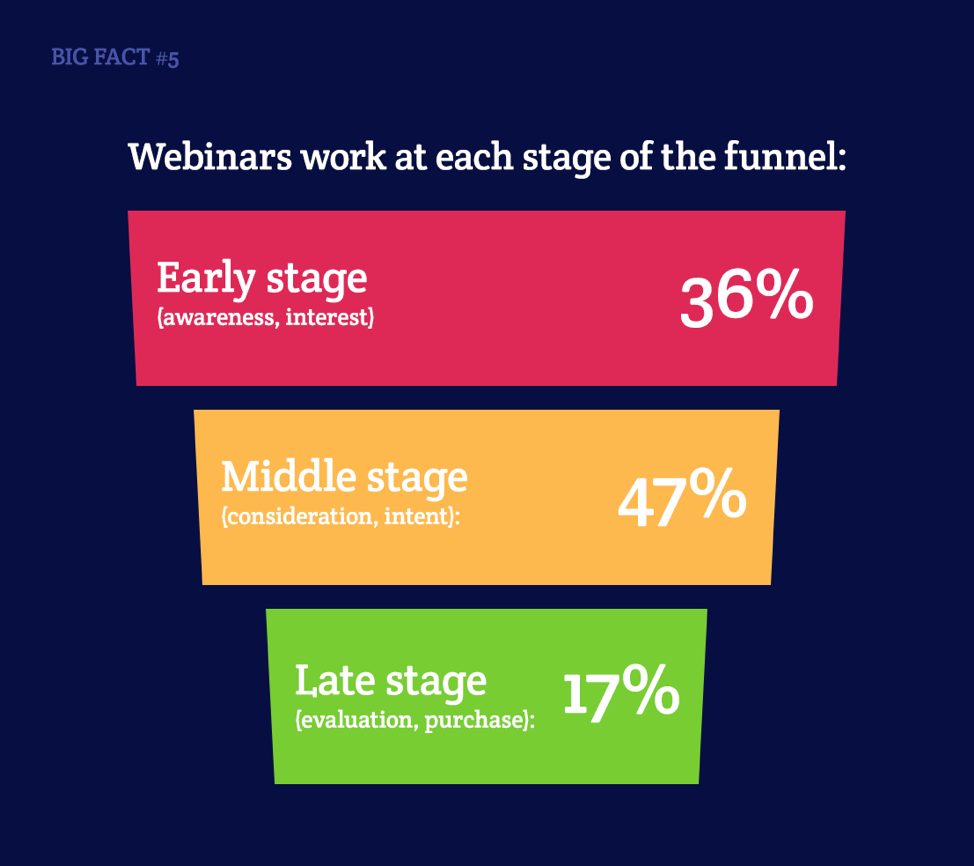
Source: ClickMeeting
Thanks to this targeted approach, Yondr has had 11.2 percent of all webinar registrants move further into the sales funnel by scheduling real-time follow-up meetings.
By providing valuable information in an engaging, targeted medium, prospects are far more likely to remain engaged for the entire message.
And there’s more:
By segmenting your audiences in relation to how they would use your product or service, you can better fine-tune your webinar content so it will be more persuasive.
#5 Do you Capture Visitor Info (Without Friction)?
If you already use surveys and quizzes, you probably do.
The more you know about your site visitors, the easier it will be to effectively reach new sales prospects with targeted, relevant messaging. Asking questions is the best way to know what does (or doesn’t) appeal to your target audience.
Because of this, many websites use short pop-up surveys in an attempt to capture information from current users. Surveys allow you to learn what visitors like or don’t like about your site, or measure satisfaction with different pages.
The thing is, your customers have a limited attention span when browsing the internet. They don’t want to interrupt their experience for a 10-minute survey. Because of this, many of the most effective surveys only ask one or two questions — for example, asking them to rate their experience, and then asking for a brief explanation.

Source: Hotjar
As Fio Dossetto notes in a blog post for Hotjar:
When you run a survey on your website, the questions you ask are important, but so is the place where you ask them.
A landing page, for example, is a great place for a survey asking people how they found your site, but not the best one if you’re looking for feedback on the website experience as a whole.”
Fio Dossetto Senior editor @Hotjar
Keep surveys short, relevant, and direct so you can get insights that help you fine-tune your website and marketing.
#6 Are your Top Organic Pages Optimized for Lead Generation?
This last point ties in very closely with the first — by analyzing your top organic pages and further optimizing them, you can dramatically boost your lead generation efforts. In this case, you’re not necessarily correcting issues that are causing you to lose customers, you’re making a good page even better.
Google Analytics actually allows you to break down traffic by “organic” and “other channels”.
Then, within the “organic search” channel, clicking on “Landing Page” and filtering the results based on a relevant keyword will help you identify which pages are performing the best.

Source: OnGig
With this information in hand, you’re ready to make additional lead generation improvements so site visitors become qualified leads.
Place forms on these pages that can capture customer data.
For example, if a blog post is one of your top-performing pages, consider offering an e-book download in exchange for an email address.
A/B testing calls to action on high-traffic pages can be especially powerful.
In a HubSpot case study, referral marketing brand Friendbuy increased clickthrough rates by 211 percent simply by testing various elements of their calls to action.
Even adjusting button links or colors could improve clickthrough rates and lead growth.
Conclusion: Start Creating Your Lead Building Site Now
The prospect of lead generation can seem overwhelming — but it doesn’t have to be. Many of these tactics are common sense tips designed to improve your website’s user experience.
Ultimately, by focusing on the needs of your target audience and creating a more streamlined experience for them, you will be better positioned to attract likely buyers.
Just like with your social media efforts, prioritizing the needs of your customers is likely to be the key to greater sales success.
Start making changes today so you can drive leads and revenue.
Johnathan Dane is an international speaker and the founder of KlientBoost, a no-nonsense, creative, kick-ass Google Ads and landing page agency that hustles for results and ROI.
If you think this article’s good, you should see what he’s writing on their PPC and CRO blog. You can reach Jonathan on Twitter, LinkedIn, Facebook, Instagram, and Klientboost website.
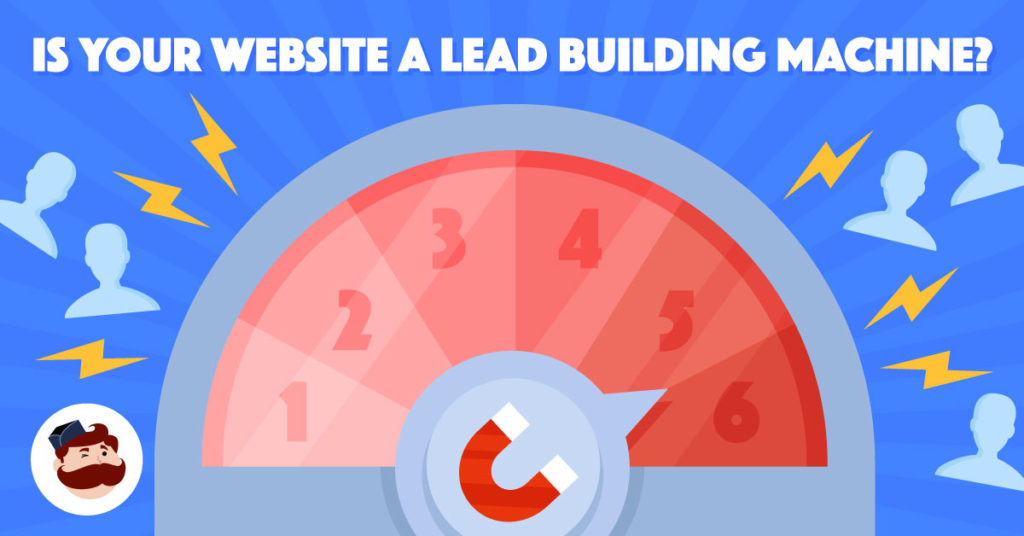
 Usefulness for direct conversions, precursor value leading to a sale [and] awareness building value. […]
Usefulness for direct conversions, precursor value leading to a sale [and] awareness building value. […]

 When you run a survey on your website, the questions you ask are important, but so is the place where you ask them.
When you run a survey on your website, the questions you ask are important, but so is the place where you ask them. Johnathan Dane is an international speaker and the founder of
Johnathan Dane is an international speaker and the founder of
Well Written blog.
Amazing Post Well written.
Thank you so much for displaying the information in your article.
It was very interesting and insightful to read this article.
These days audiences prefer to communicate in real-time with brands. And the live chat is the best solution for this. I absolutely agree with your point that people are always looking for an instant response from the chat support.
And another crucial thing on which you have put some light is about optimizing all the pages with best SEO practice properly. I feel that it is important to understand that ranking on Google isn’t about just try to rank only one or two pages of your website. Interested audience and potential customers will scan and browse through all the pages and read the content which is relevant to them.
Needs of the target customer, intentional quality content and website optimization is necessary for lead generation
Truly informative and unique! Love your blogs and tips!
Good article. It was a quick recap on the basics of where our website lacks in generating leads. Will apply the points which I missed on my website to increase lead generation. Thanks for sharing 🙂